When decorating a home office, you should seek out design schemes that promote good work habits. You should have somewhere devoted only to your work, such as a dedicated corner or preferably a separate room. The furniture, decor and setup should all be conducive to organization and productivity while still making you feel comfortable and creative.
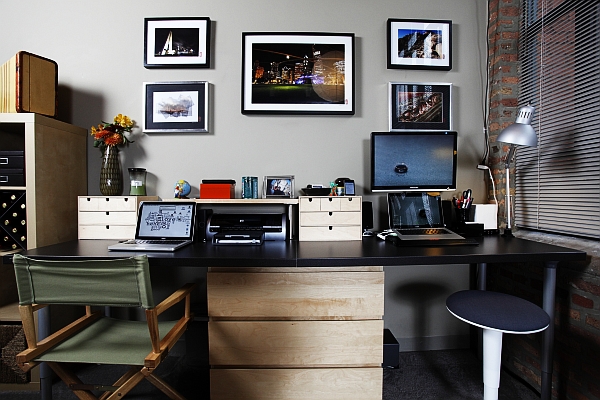
The most important aspect of home office design is your direct workspace and the furniture you use. Whether you’re an artist, accountant, business manager, writer or whatever, you need good-quality ergonomic equipment. Not only will you be more comfortable, and therefore more focused and productive, but you’ll also lower your risk of repetitive stress injuries such as eye strain or carpal tunnel.
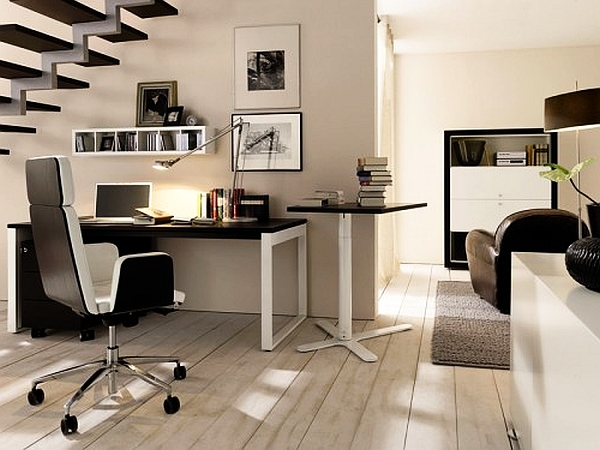
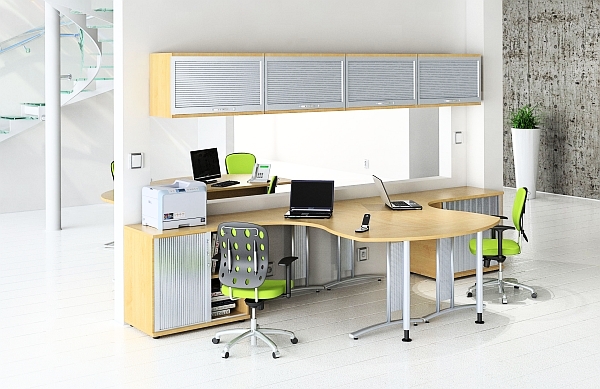
For decorating purposes, choose schemes and designs that don’t distract you. If you plan to paint the walls, go for brighter, more invigorating colors such as yellow, which has been shown to promote energy and boost moods. If you want a calmer feeling, try a pale green. This will help ease your mind but won’t make you too relaxed. Your home office should also have at least one window, as natural light will help you work without the strain on your eyes that’s caused by electronics glowing or overhead lights.
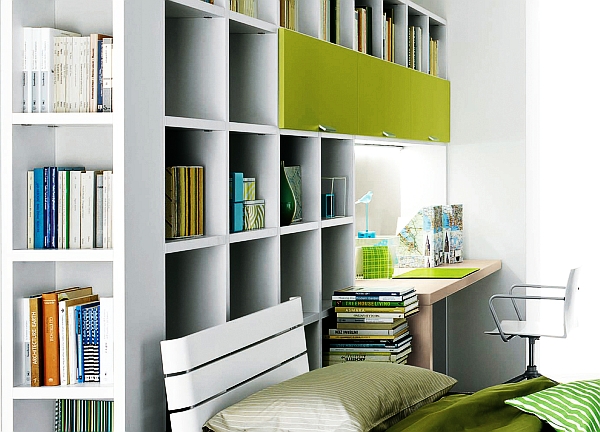
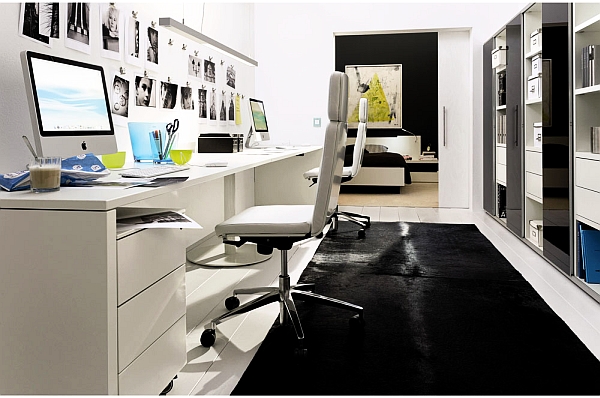
Your home office should be well-lit and spacious enough for your desk, any computer or electronic equipment you have, your work materials and you. If you’re tight on space but need to store a lot of materials, you can install floating shelves or tall bookcases to utilize vertical space. Organize things so they are easy to find, however that is for you. Just remember to keep as much as possible off your desk space and off the floor, and toss out old materials that you no longer need to keep down the clutter.
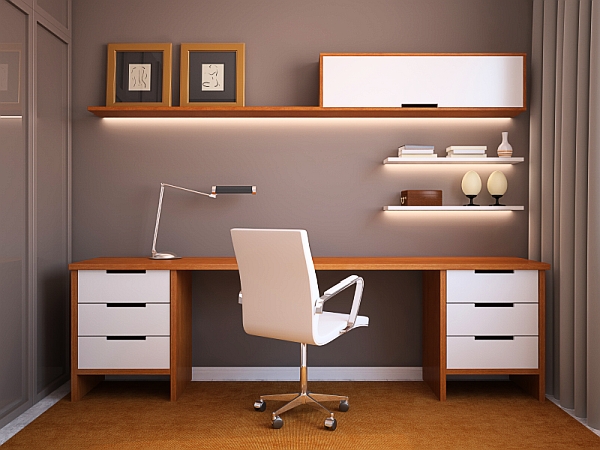
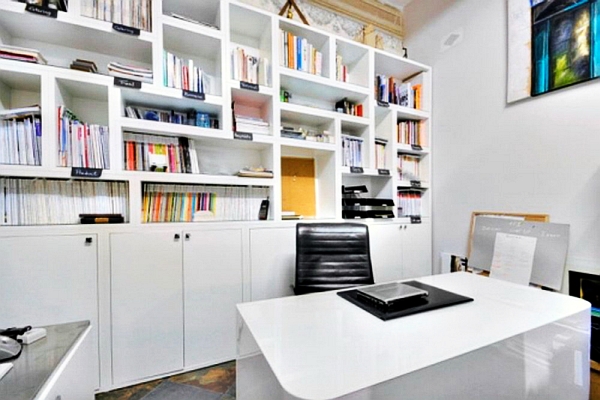
Finally, make sure your workspace is visually appealing and comfortable. If you have the space, put in a comfortable couch or lounge chair for breaks and other downtime. Surround yourself with images and objects that inspire your best work, whether they’re family photos, books, a deadline calendar or views of the outdoors.
Just keep the focus on work so that you’re not prone to daydreaming!
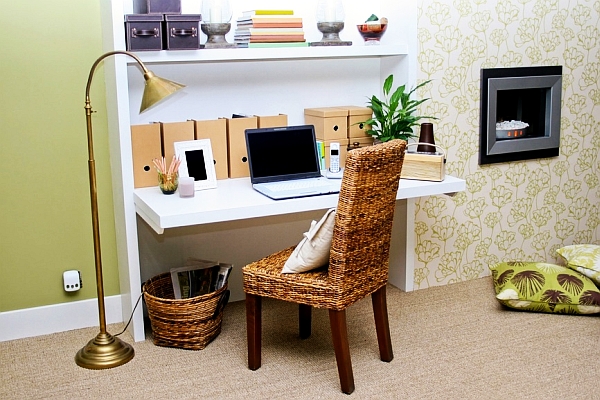
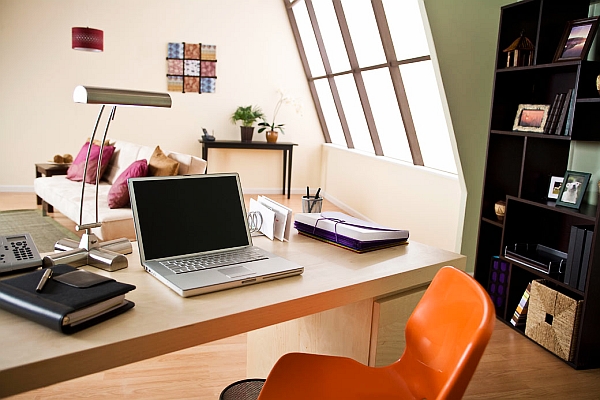
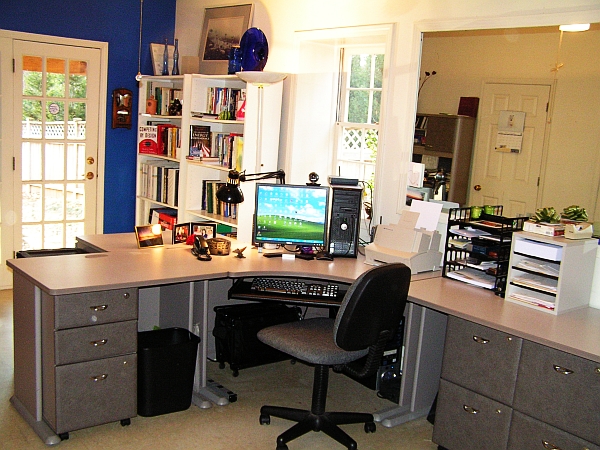
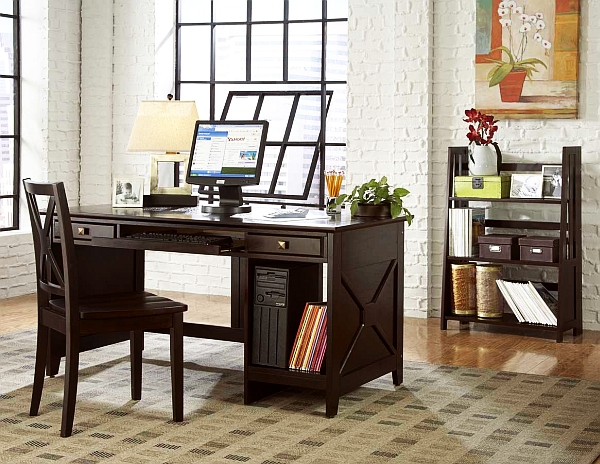
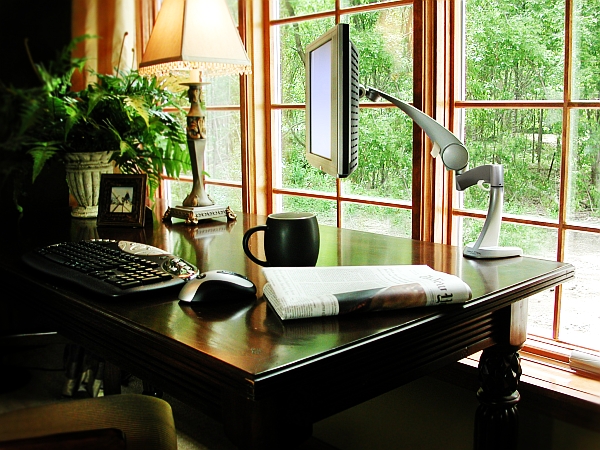
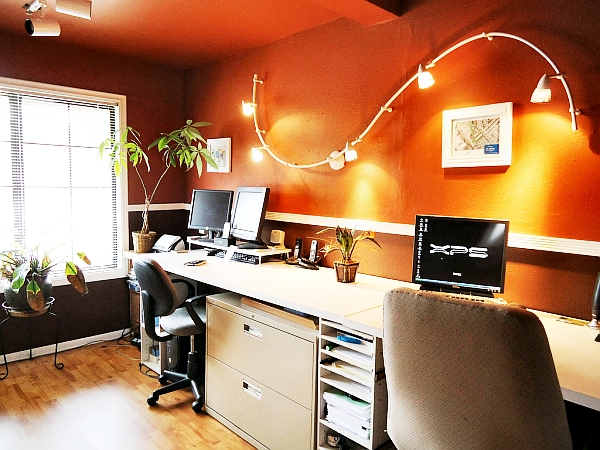
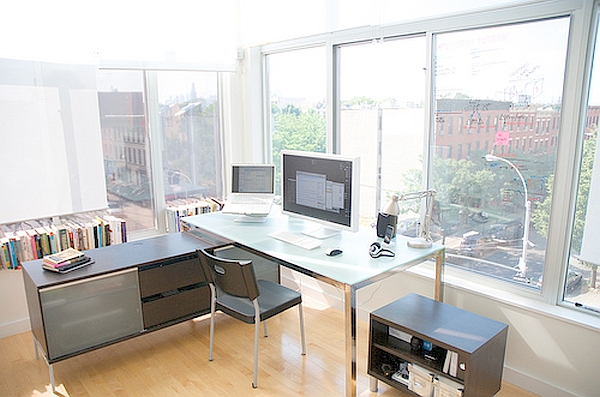
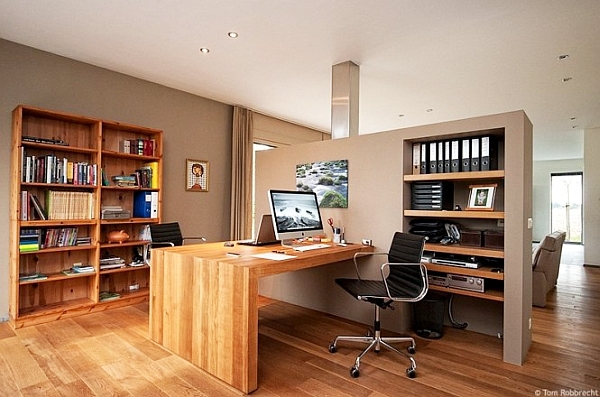
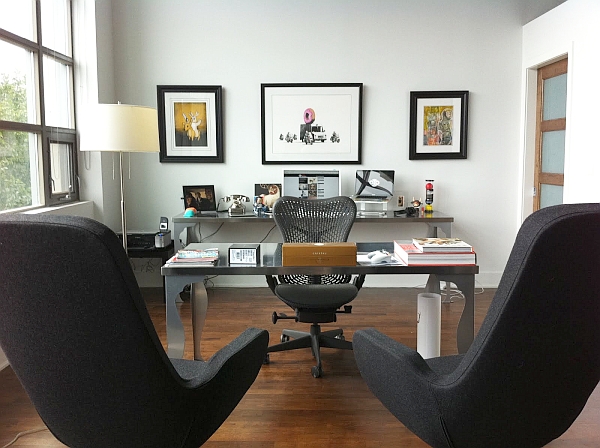
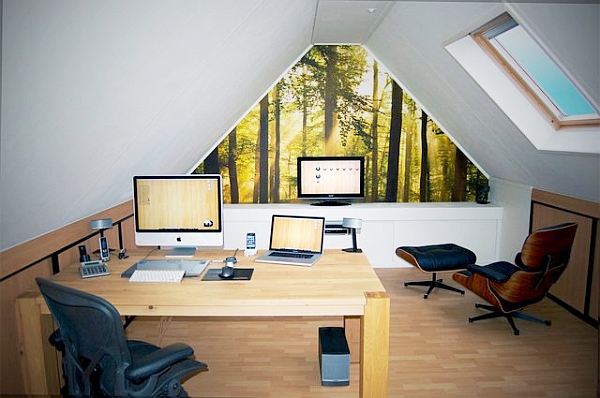
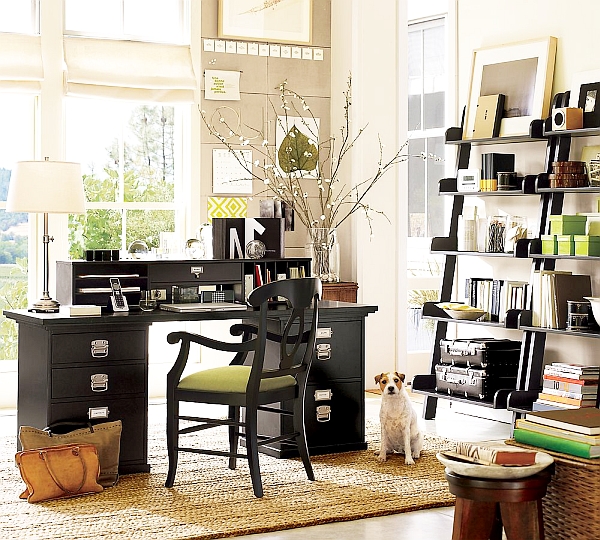
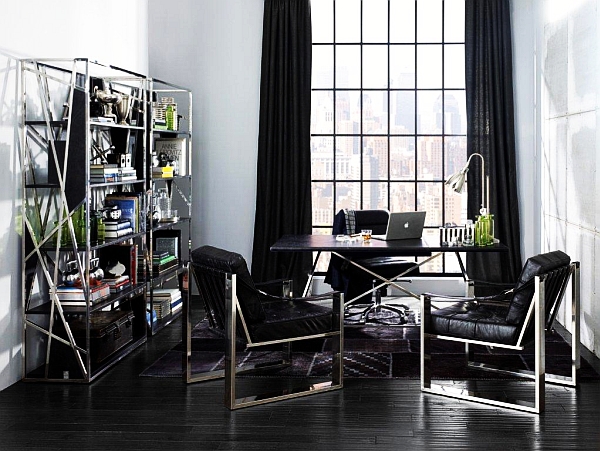
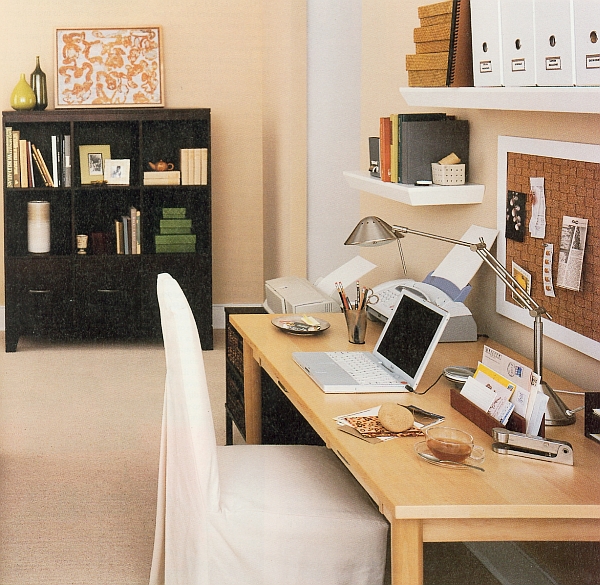
(images from 1, 2, 3, 4, 5, 6, 7, 8, 9, 10, 11, 12, 13-17, 18, 19, 20)












